
With rising utility costs, many homeowners are looking for ways to lower their monthly bills. One of the biggest hidden expenses? Water used in gardens. For those who love their lawns, plants, or vegetable patches, outdoor water use can quietly push bills sky high especially during the hot months. Fortunately, there are smart, sustainable ways to keep your garden green without draining your wallet.
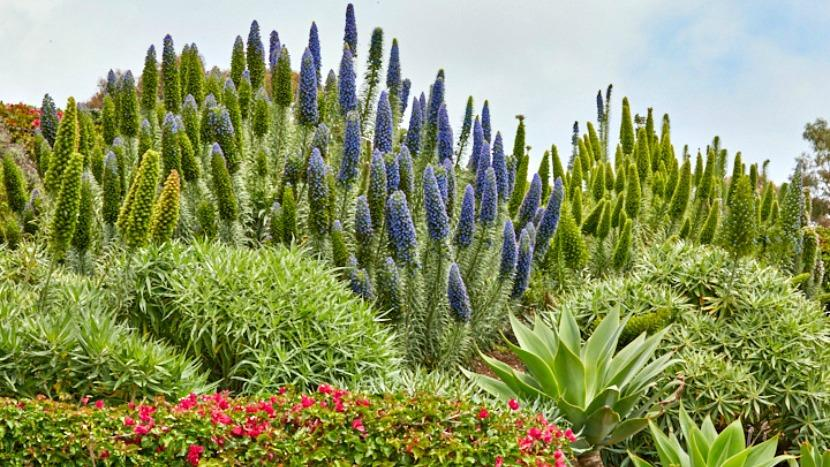
The easiest way to cut down your garden’s water needs is by choosing the right plants. Native plants are adapted to local weather and soil, meaning they require less care and water than exotic species. Similarly, drought-resistant plants like lavender, aloe vera, rosemary, marigold, and succulents are built to survive with minimal watering.
By designing your garden around these water-smart plants, you reduce the need for daily watering—and that means instant savings.

Timing is everything when it comes to watering. If you water your plants during the middle of the day, much of that water evaporates due to heat. The best time to water is early in the morning or late in the evening. This gives plants time to absorb moisture before the sun gets too strong, reducing waste.
Even if you water less frequently, doing it at the right time makes it more effective.
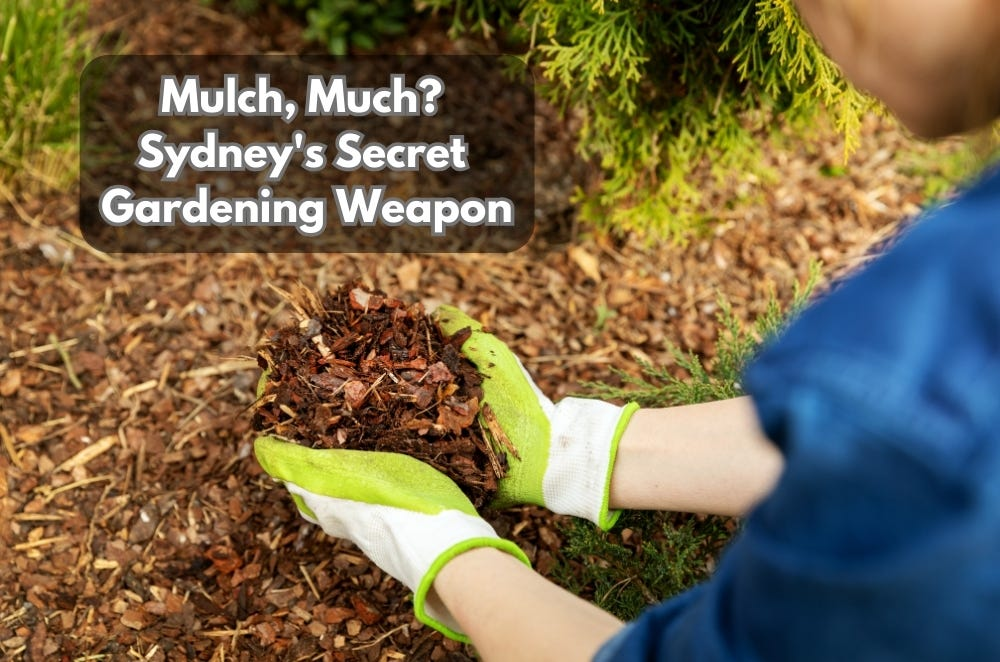
Mulch is one of the most underrated tools in gardening. It keeps the soil cool, reduces evaporation, and helps control weeds that compete for water. Organic mulches like straw, bark chips, or compost break down over time and improve soil health.
A good layer of mulch around plants helps retain water and can cut watering needs by up to 50%.
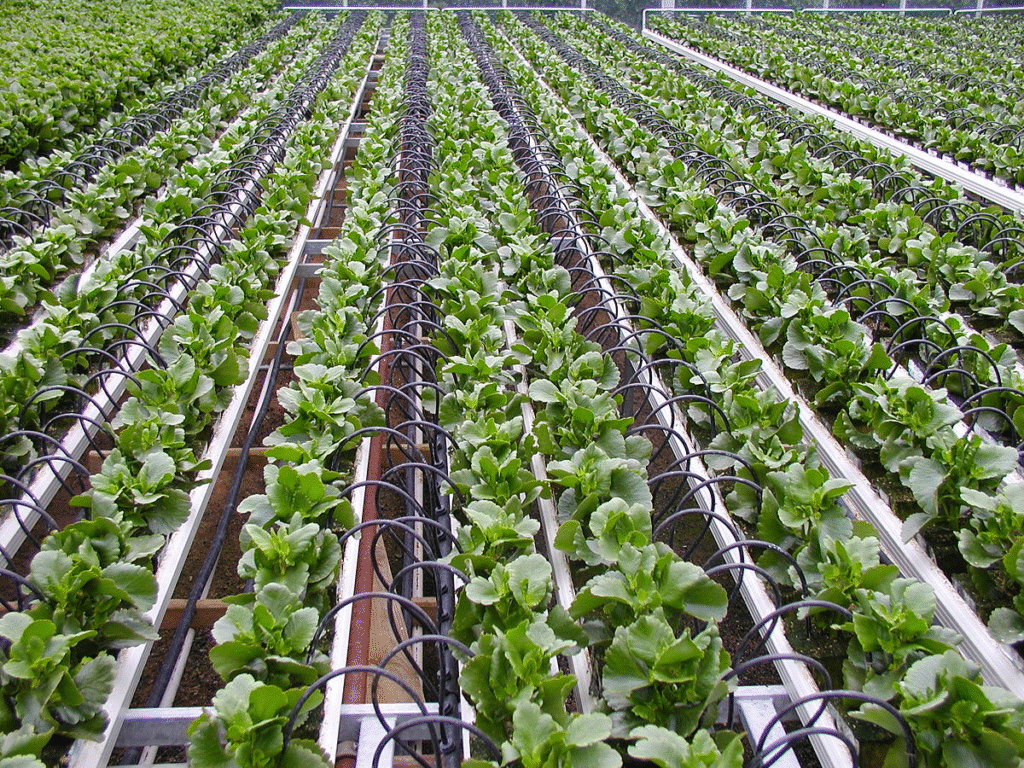
Instead of using a hose or sprinkler, consider installing a drip irrigation system. This low-pressure system delivers water directly to the base of plants where it’s needed most. It minimizes water loss from evaporation and runoff.
Though installation might seem like an investment, drip systems pay off quickly by dramatically reducing water usage and improving plant health.
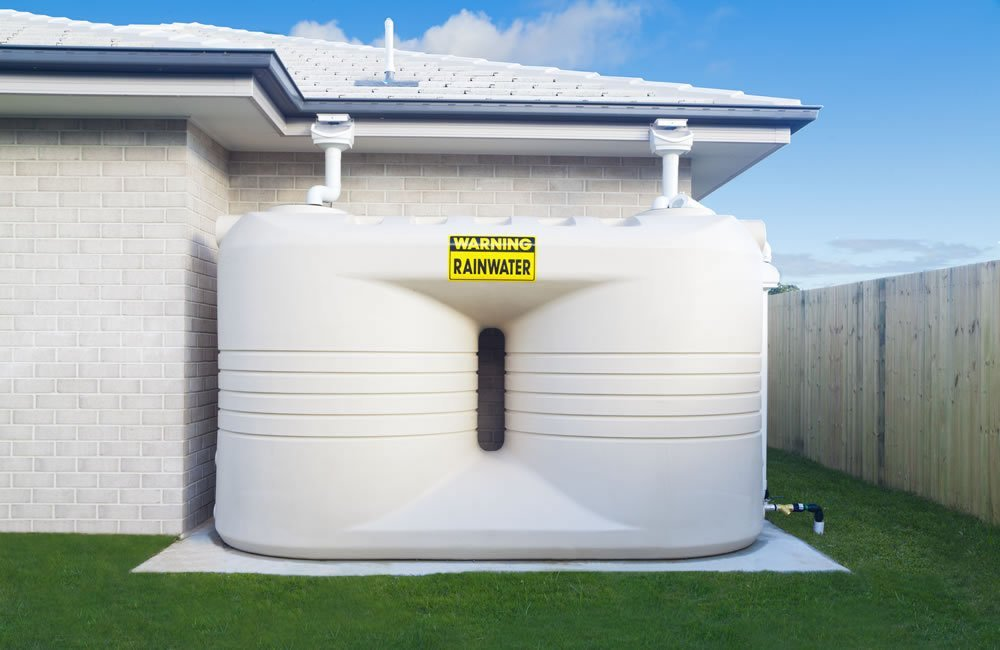
Rainwater harvesting is a great way to garden sustainably. You can collect rainwater in barrels or tanks from your roof gutters and use it to water your garden during dry periods. This method doesn’t cost much to set up and reduces your reliance on tap water.
Some cities even offer rebates or incentives for installing rainwater collection systems, so it’s worth checking with your local council.
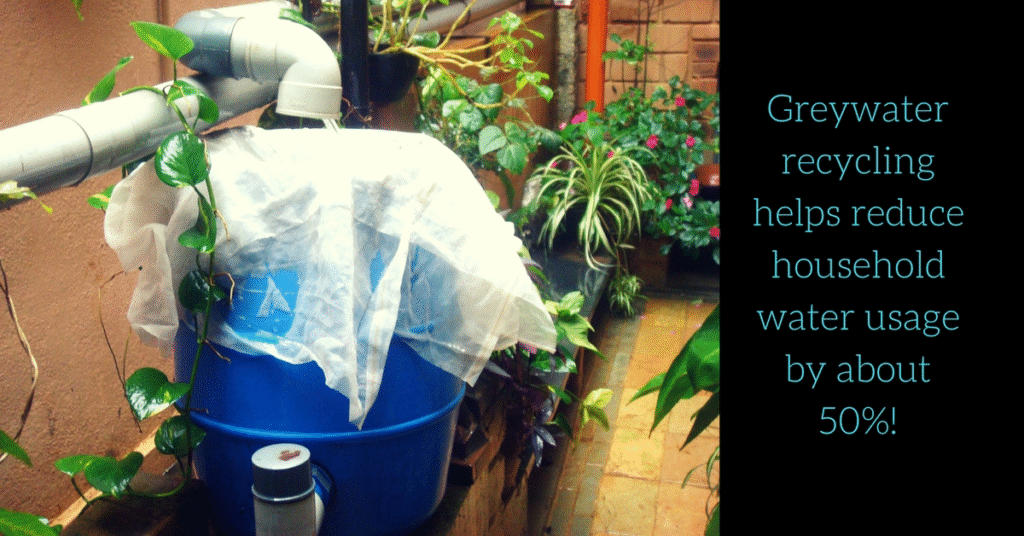
Greywater refers to gently used water from sinks, baths, washing machines, or showers (not containing harmful chemicals or waste). With simple plumbing systems or manual collection, you can reuse this water to hydrate non-edible plants and flower beds.
While greywater systems may need permits in some areas, manual use like bucket collection is allowed almost everywhere and can help reduce water bills.
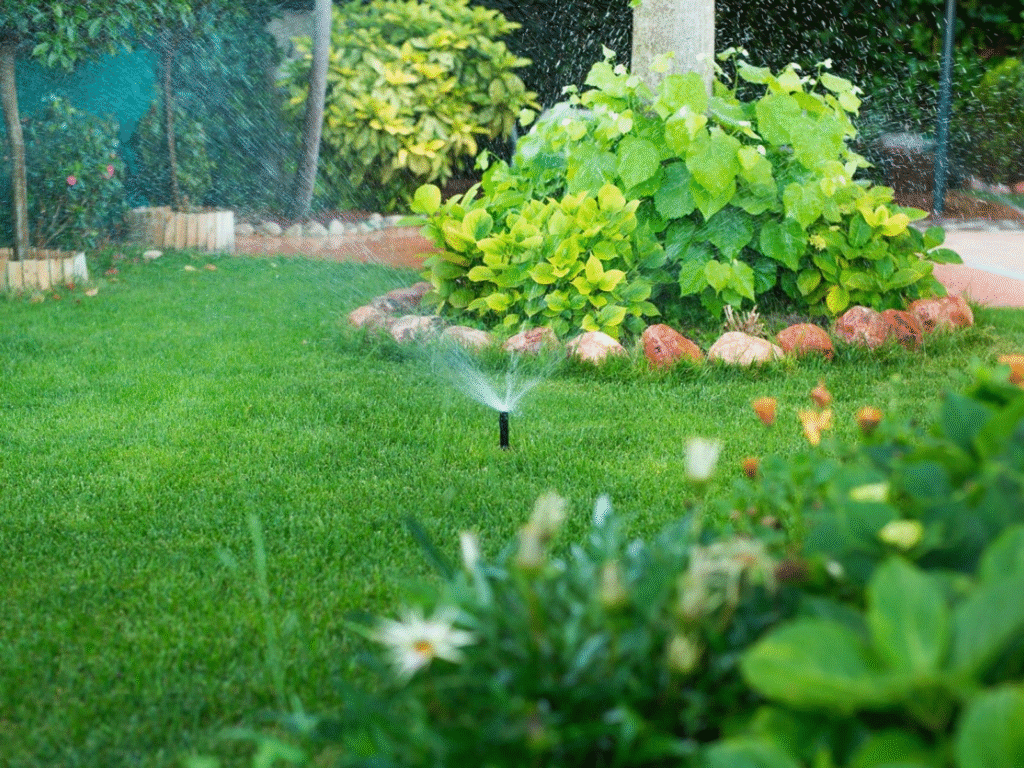
In garden design, grouping plants by their water requirements is called “hydrozoning.” This prevents overwatering some plants and under-watering others. Put drought-tolerant species together and keep water-loving plants in separate areas near your irrigation sources.
This simple step ensures efficient use of water and helps avoid waste.
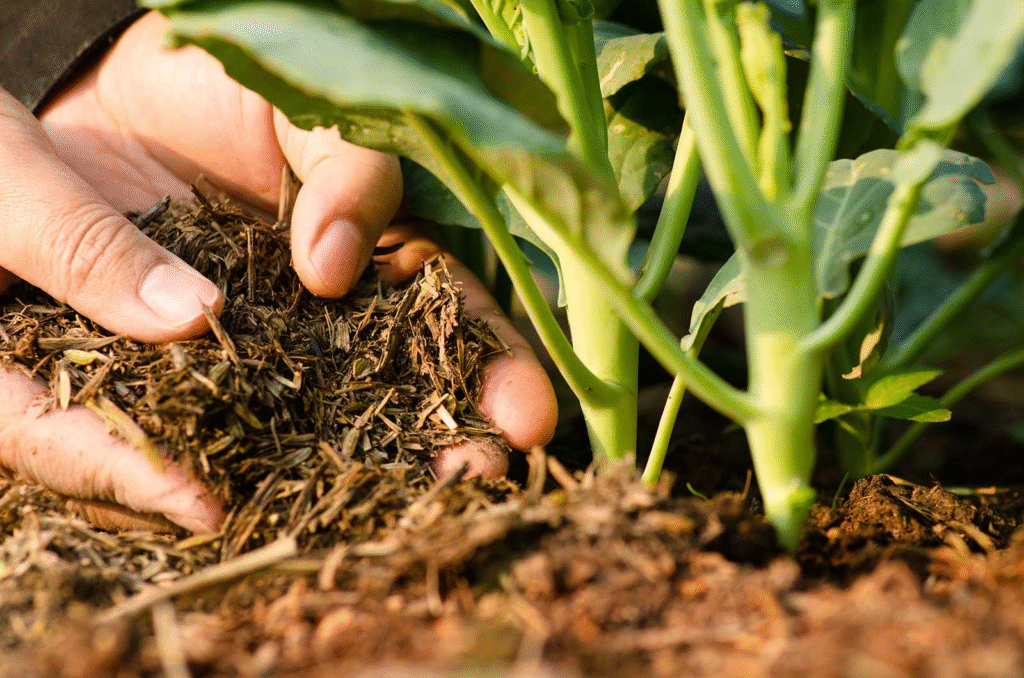
Healthy soil absorbs and retains more water. By adding compost or organic matter to your soil, you improve its texture and ability to hold moisture. This means you won’t need to water as often, and your plants will still thrive.
Compost is cheap or even free if made at home, and it boosts both plant growth and water conservation.
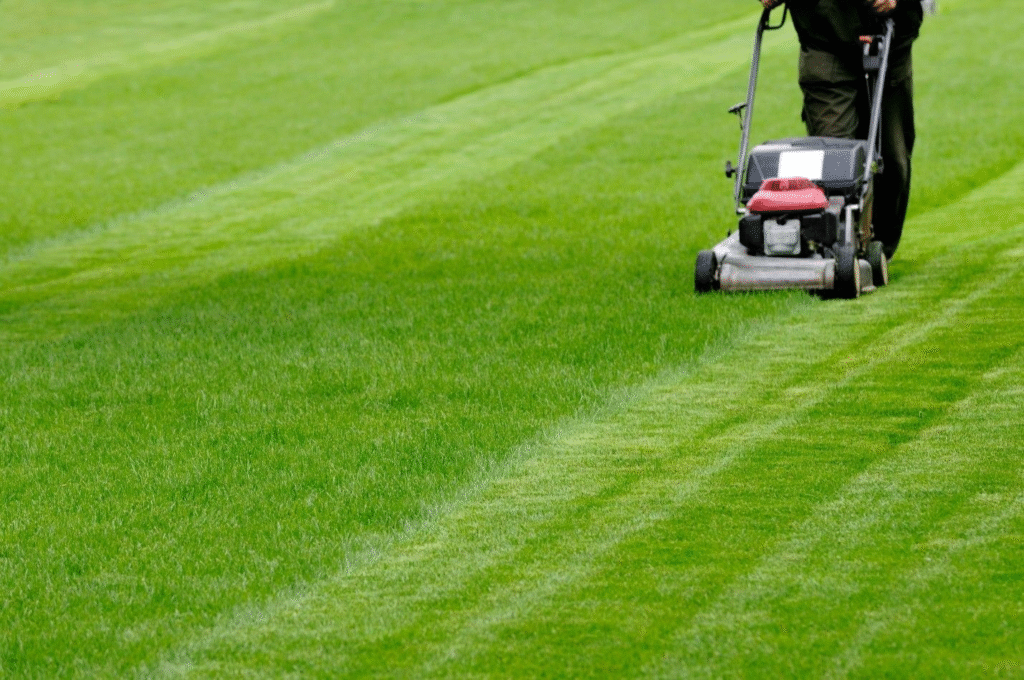
If you have a lawn, mowing it higher can help retain more moisture in the soil. Longer grass shades the soil, reduces evaporation, and encourages deeper root growth, which means your lawn will be more drought-tolerant.
Also, avoid over-fertilizing. Too much fertilizer can force your grass to grow faster and need more water.
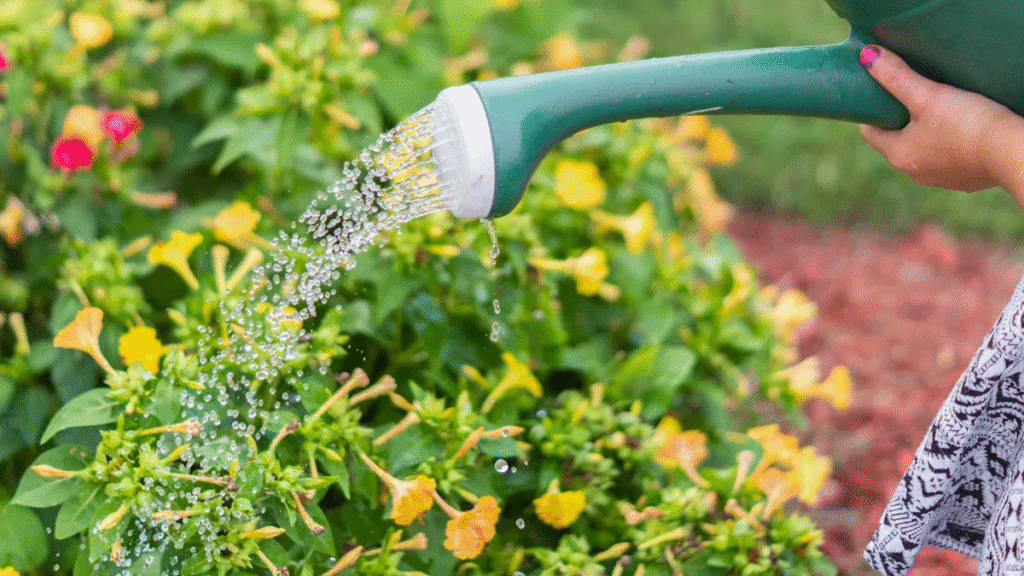
For small gardens, switching from a hose to a watering can may seem old-fashioned, but it gives you better control over how much water you use. It encourages mindful watering and helps avoid unnecessary splashing or waste.
This is especially useful for balcony gardens or small backyards where precision matters more than power.
Reducing your water bill while gardening doesn’t mean sacrificing a beautiful outdoor space. In fact, using less water often leads to a more thoughtful, sustainable, and healthier garden. By adopting smart habits, choosing the right plants, and using water-efficient tools, you can enjoy your garden without worrying about the rising cost of utilities.
Whether you’re an experienced gardener or just starting out, these eco-friendly practices not only save money but also support a greener planet.
Read More:- Deyaar’s Latest Announcement Shakes Up the UAE Property Market
